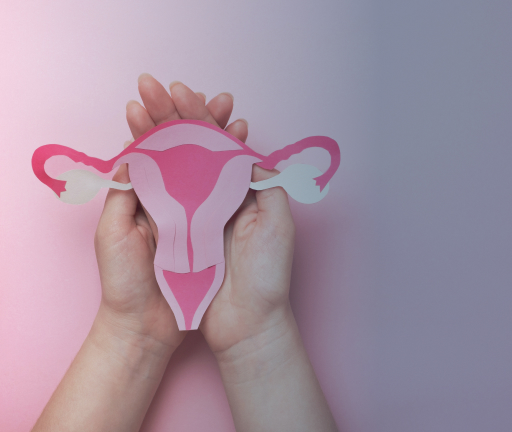salpingectomy is surgery to remove one or both fallopian tubes.
Our Doctors
We have some of the best specialists from around the world, they bring years of experience and offer evidence-based treatment to ensure the best care for you.
FAQs
At Aster Hospitals we provide the highest quality of care and a transformative experience for all your healthcare needs. With our network of multi-speciality hospitals, specialised doctors, and world-class technology, we bring global standards of medical care to our patients.
What is the difference between salpingostomy and salpingectomy?
Salpingostomy is a procedure in which only the blocked portion of the fallopian tube is removed, thus allowing the remaining healthy part of the tube to remain intact. Salpingectomy is the complete surgical removal of the entire fallopian tube. The chances of recurrent pregnancy is more in Salpingostomy than Salpingectomy.
Is a salpingostomy consistently successful in treating ectopic pregnancies?
No, a salpingostomy is not always successful in treating ectopic pregnancies. In some cases, the ectopic pregnancy may be too large or developed to be effective. If the pregnancy is too large, the incision may not be able to accommodate the size of the pregnancy, making the procedure ineffective. Additionally, if the pregnancy has advanced too far, the incision may not be able to reach the site of the pregnancy. In these cases, a more invasive procedure, such as a salpingectomy, may be necessary.
How long does it take to recover from a salpingostomy?
Recovery time varies, but most women can return to normal activities within a week or two after the procedure. During recovery, women can expect to experience some discomfort and cramping in the lower abdomen, which can last for a few days. Most women are discharged from the hospital within one to three days after the procedure, although hospital stays may be longer depending on the individual case.
Why is a salpingostomy performed?
A salpingostomy is performed to remove an ectopic pregnancy, Hydrosalpinx(where Fallopian tube is filled with water) or to treat a fallopian tube blockage that prevents pregnancy. Salpingostomy can also be used to improve the chances of a successful pregnancy for women with fertility issues.
Is salpingostomy successful in promoting fertility?
Salpingostomy, is usually successful in restoring fertility in about 70-80% of patients, and can often result in a full-term pregnancy. This procedure involves opening and unblocking the fallopian tubes. This allows the egg to travel freely through the tubes and be fertilized by sperm. It also increases the chances of successful embryo implantation in the uterus.
Can salpingostomy affect future pregnancies?
The fallopian tube is very delicate, and the surgery itself can cause scarring or other damage that may reduce the tube's ability to transport the egg to the uterus, which increases the risk of ectopic pregnancy or infertility. However, in some cases, a salpingostomy can improve fertility by treating a blockage in the fallopian tube.
What is an ectopic pregnancy?
An ectopic pregnancy is a pregnancy that occurs outside the uterus, usually in the fallopian tube. This can happen when the fertilized egg does not travel down the fallopian tube to the uterus but instead stays in the tube or implants in another part of the body. In most cases, the egg cannot survive and the pregnancy cannot continue.
What are the risks associated with a salpingostomy?
The risks associated with salpingostomy include infection, bleeding, damage to the fallopian tubes, persistent Ectopic Pregnancy and formation of adhesion.






